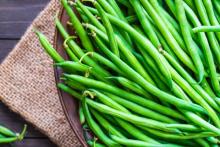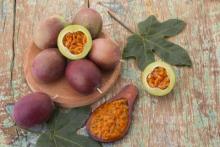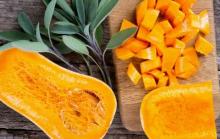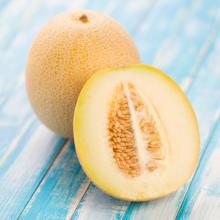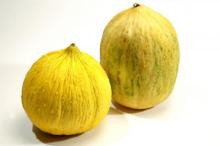Superfood 101: Pineapple!
Pineapple is a member of the family Bromeliaceae or Bromeliad family of the genus Ananas Mill, also known as pineapple P, containing the species Ananas comosus (L.) Merr. or pineapple P. The plant is native to Brazil where it is known as ananas, the Brazilian Tupi Indian word meaning "excellent fruit"—this term is used throughout the world.


